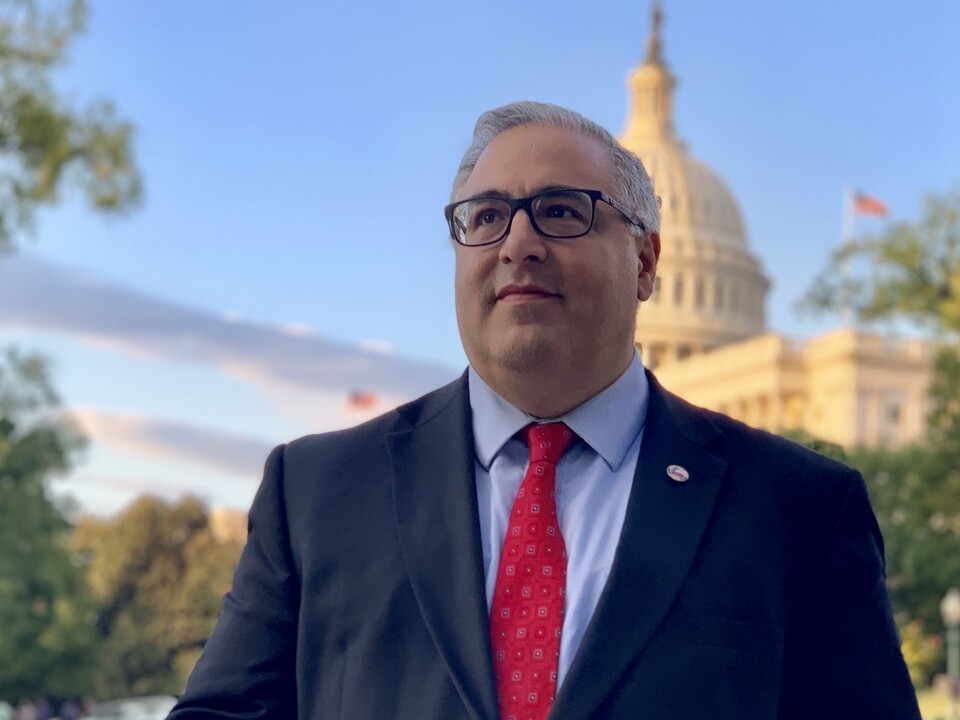Transforming Armenia’s Healthcare System: From Quantitative Misconceptions to Qualitative Sustainability
Abstract
Thirty years after independence, Armenia’s healthcare system has achieved some successes and reached various milestones, but overall remains inefficient, mismanaged, and incapable of serving some of the basic healthcare needs and obligations of Armenian society. With a maldistribution of infrastructure and human resources, weak government oversight, socio-economic imbalance, and low public financing, Armenia’s healthcare system struggles to fulfill its Constitutional obligations. This is compounded by underlying failures to meet certain ethical duties, along with obligations to international initiatives.[1]
Intertwined within such broader problems is the inefficient expenditure and waste in the healthcare system. While a great deal of money is spent on healthcare in Armenia, a hefty portion of this is from out-of-pocket rather than public spending. The result has been corporate profits and indiscriminate spending at the expense of public health and citizen well-being, a concept known as “health pollution.” The extant literature on healthcare and public health demonstrates that the solutions to the sorts of complications that Armenia’s health system suffers from can only be remedied by building a robust and sustainable system. Ad-hoc methods, or temporary solutions, not only fail to improve the healthcare system, but may also produce a reverse effect, thus reinforcing the inherent structural limitations that the system suffers from. In more simple terms, a damaged system cannot be cured by using bandaids: a comprehensive and transformative approach is required.
Read full article here.




